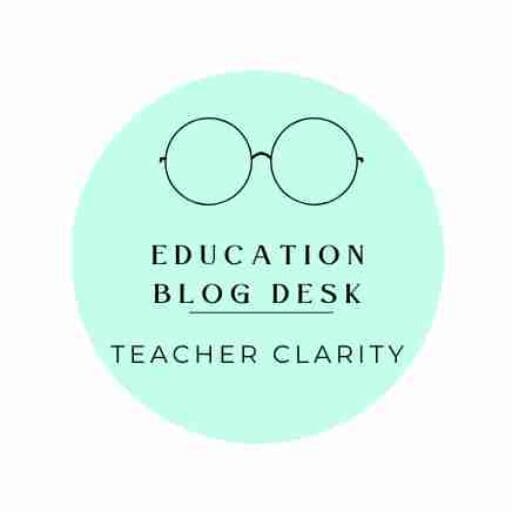Student Engagement by Design: A Practical Guide to Deeper Learning
Introduction Many classrooms appear active, but genuine thinking is absent. Students may complete tasks, yet their attention is elsewhere. This disconnect between activity and thought leads to missed learning opportunities. Student engagement is not about noise or compliant behavior. It…
